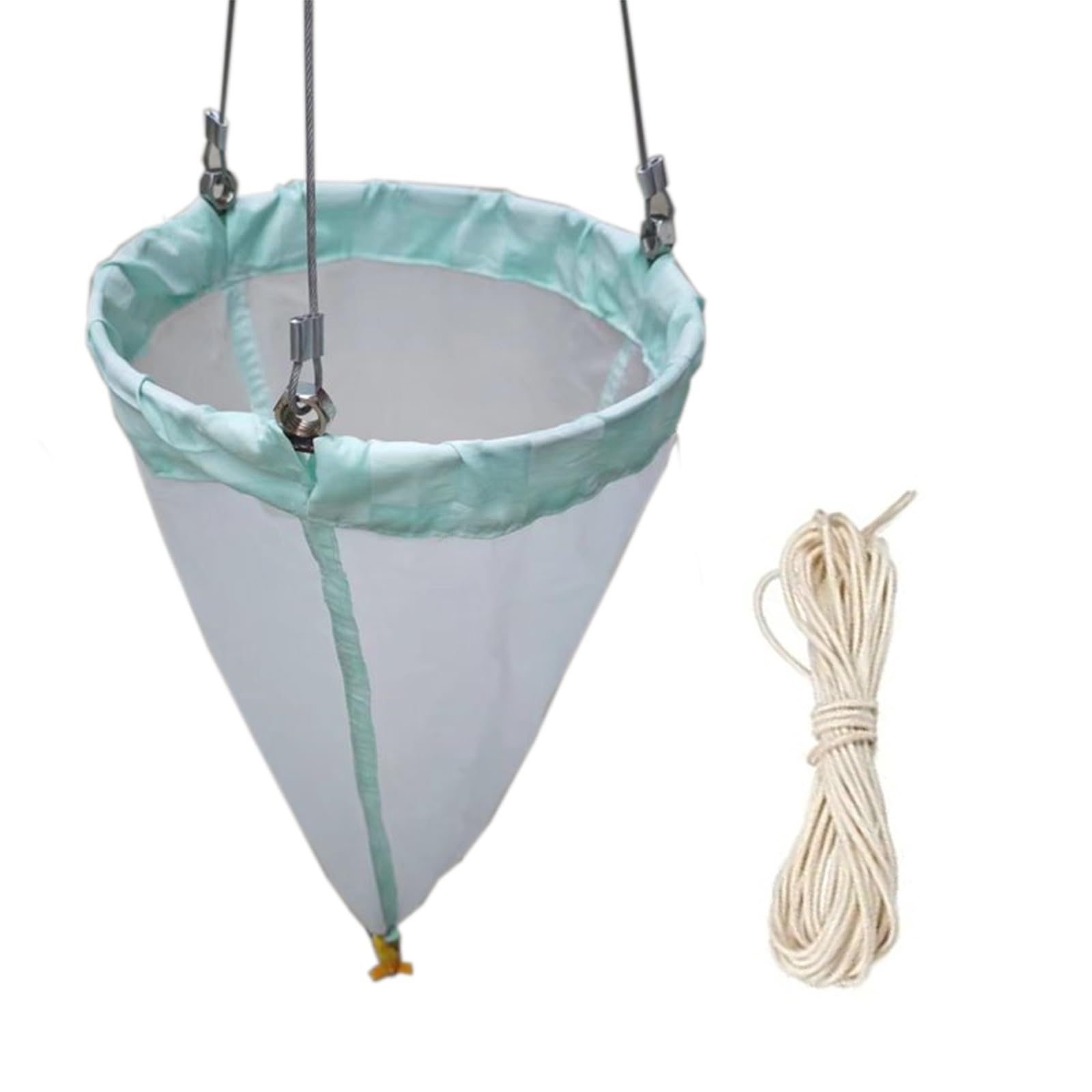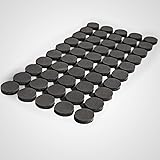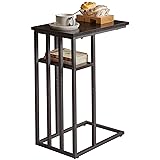All Categories







ERRULAN Fine Mesh Plankton Net, 64μm Plankton Net, 23.62" Height, 8.27" Diameter, 25# Fine Mesh Plankton Net, 125 Mesh Planktons Tow Nets for Collecting Phytoplankton, Protozoa and Rotifers
Share Tweet
*Price and Stocks may change without prior notice
*Packaging of actual item may differ from photo shown
- Electrical items MAY be 110 volts.
- 7 Day Return Policy
- All products are genuine and original
- Cash On Delivery/Cash Upon Pickup Available








ERRULAN Fine Mesh Plankton Net, 64μm Plankton Features
-
Parameters: Aperture: 64μm, Net length: 23.62in, Net diameter: 8.27in, Net material: special nylon, Net ring material: 304 stainless steel, Bottom collection tube: space aluminum, Collection tube outlet: copper
-
Experimental Grade Nylon: Our plankton nets are made of experimental grade nylon, can tolerate acid and alkali, repeated cleaning is not easy to wear. The bottom collection tube uses Sturdy Aluminum Material, with high strength and remains intact even after long periods of underwater work
-
What You Will Get: 1 x Plankton collection net, 1 x Contains 5 m sampling rope, 3 x Lifting ring, 1 x Safety buckle
-
Usage: In the water depth from the surface to 0.5m, do the "∞" shape reciprocating slow drag at a speed of 20-30 cm/s for about 1-3 minutes, after sampling, clean and dry the plankton net and store it in a cool and dry place for later use
-
Wide Application: Fine mesh plankton net can effectively collect zooplankton samples for ocean, lake, reservoir, river, etc, for collecting phytoplankton, protozoa and rotifers
About ERRULAN Fine Mesh Plankton Net, 64μm Plankton
Still having trouble collecting plankton? The plankton net allows you to have a full bottle of plankton in a few minutes, which not only saves you time, but also improves the quality of the plankton, which greatly improves the efficiency of your experiments Specification: Mesh: 200 mesh Aperture: 64μm Net length: 23.62 in /60 cm Net diameter: 8.27 in /21 cm Net material: special nylon Net ring material: 304 stainless steel Bottom collection tube: space aluminum Collection tube outlet: copper Features: Rapid collection of plankton Bottom collection tube with valve can release the collected zooplankton Three sturdy Lifting rings so that the plankton net will not break during collection Made of marine durable materials that can be used for long periods of time in sea water without damage Collection Method: Drag slowly in water at a speed of 20-30 cm /s at “∞” for 1-3 minutes,and then collect the water sample in the net into a specimen bottle,and use 4% formaldehyde to fix the site Collect water samples through sampler at the required depth , and then filter the sediment through a plankton net to collect the concentrated liquid Note: 1. Select different models of small plankton nets according to different collection requirements. Use 25# for collecting phytoplankton, protozoa and rotifers Use 13# for collecting cladoceras, copepoda and other zooplankton 2. After sampling, clean and dry the plankton net and store it in a cool and dry place


























